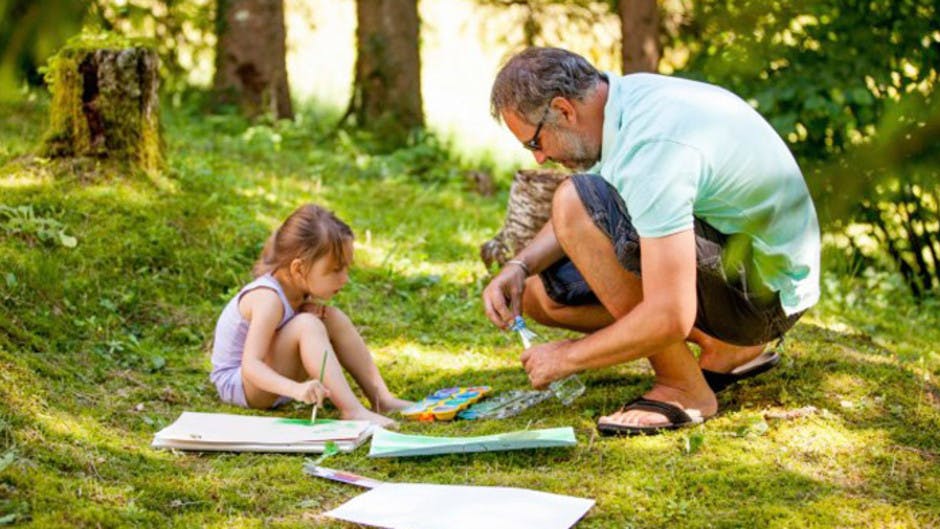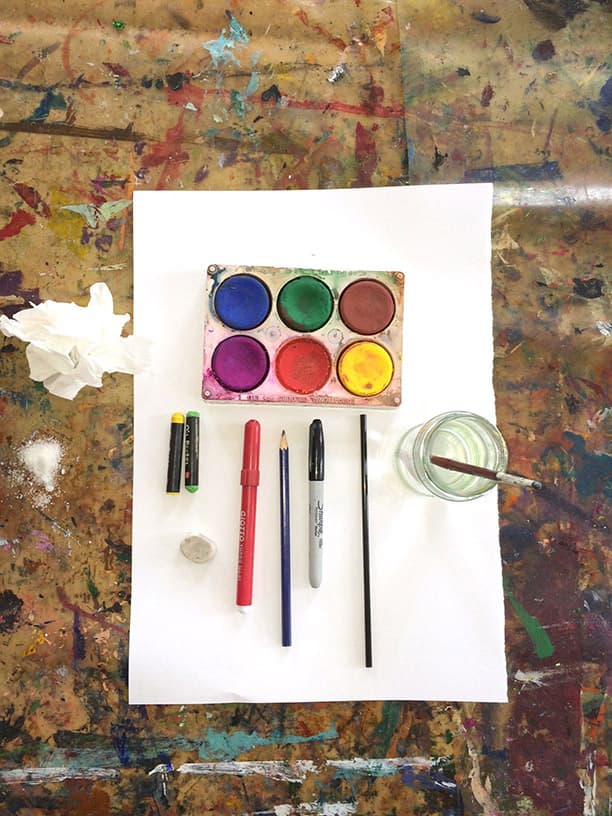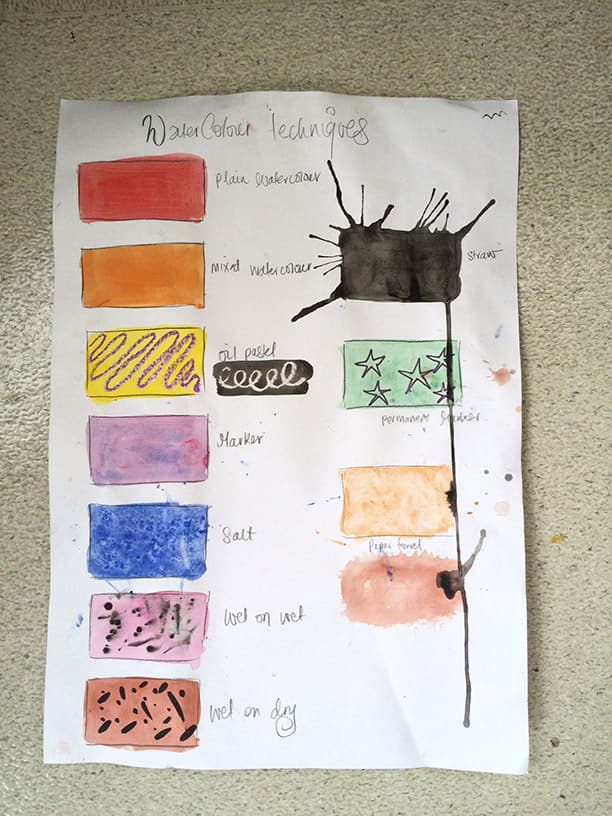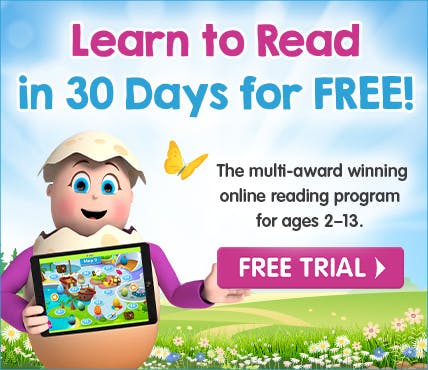


10 Creative Watercolour Techniques for Kids

Explore hundreds of free learning activities for every age with ABC Reading Eggs! Discover hundreds of interactive games, one‑on‑one reading lessons and over 3000 e‑books for kids ages 2–13. Free Trial
In our special guest blog post, art teacher Jen Roberts provides some fun tips on experimenting with watercolour techniques with kids. Prepare to get messy!
As a children's art teacher, I find most kids love mixing paints and experimenting with different techniques.
A recent lesson which proved incredibly popular was on watercolour techniques. It was a great way to combine simple drawing, writing and other fun activities to see what happens with each step.
Keep your child entertained with hundreds of FREE learning activities for every age!
ABC Reading Eggs has hundreds of interactive games, one‑on‑one reading lessons and over 3000 e‑books for kids ages 2–13 to enjoy. Designed by experienced primary school teachers, your kids will love exploring the exciting new world of ABC Reading Eggs!
Let's start with a few general watercolour tips first:
When using watercolours, dip the brush in water and then twirl it on the colour of choice.
Dip again for a lighter and more watery colour.
Always rinse the brush well in a water pot between different colour applications.
If the water pot is too murky, rinse and get fresh water – this will keep the colours in your painting vibrant.

What you will need:
Children's watercolour pallet (find these in art shops and discount stores)
Paint brush (medium-sized)
Water pot and water (you can use a cup or jar)
A3 drawing paper
Lead pencil
Marker
Permanent marker (such as a Sharpie pen)
Drinking straw
Salt
Oil pastel
Paper towels
Using lead pencil, draw a heading 'Watercolour Techniques', then draw 10 rectangles labelled with each one of these headings: Plain, Mixed, Oil Pastel, Marker, Permanent Marker, Salt, Wet on Wet, Wet on Dry, Straw, and Paper Towel.

1. Plain
Paint the rectangle in one primary colour (red, blue or yellow).
2. Mixed
Using two of the primary colours, create a secondary colour and fill the rectangle.
3. Oil pastel
Using an oil pastel (white or yellow works great for this), draw patterns in the rectangle, then choose any colour to paint over. See what happens!
4. Marker
Draw any pattern in the rectangle with the marker and paint over the top. Watch the marker disappear and blend with the paint.
5. Permanent marker
Draw a different pattern with the marker and then paint over the top in a different colour. Observe the difference from the standard marker.
6. Salt
Mix another colour in the rectangle and then sprinkle salt onto it – be generous. Kids love to watch the salt absorb the colour. Once the paint is dry, shake the salt off and enjoy the effect.
7. Wet on wet
Paint the rectangle in a different colour and while the paint is still wet, paint some dots onto the wet paint (black works well for this). Watch the new colour blur into the other colour.
8. Wet on dry
Choose a different colour and paint the rectangle and leave to dry. Once dry, paint some dots or lines onto the dry paint – see the difference from the above.
9. Straw
Load the paint brush up with lots of water and paint the rectangle – it should be very wet. Using the straw, have your child blow and watch the paint dance off into different part of the page and give a dripping effect. They will love this!
10. Paper towel
After painting the last rectangle in any colour, use a scrunched up paper towel to dab the paint – it should produce a blotchy effect.
Chat to your kids about using any of these techniques in an artwork of their choice. The salt technique works well for creating an 'underwater' effect, and the paper towel effect is great for painting animals with fur. You can also try out the straw‑blowing technique for a crazy monster artwork!
Have fun!
Keep your child entertained with hundreds of FREE learning activities for every age!
ABC Reading Eggs has hundreds of interactive games, one‑on‑one reading lessons and over 3000 e‑books for kids ages 2–13 to enjoy. Designed by experienced primary school teachers, your kids will love exploring the exciting new world of ABC Reading Eggs!


